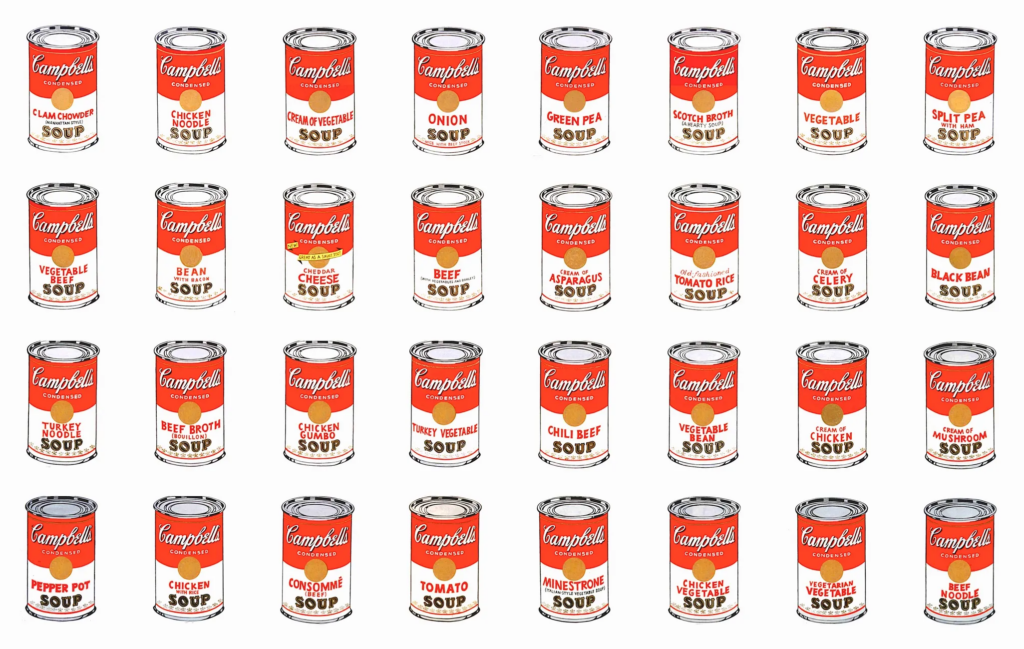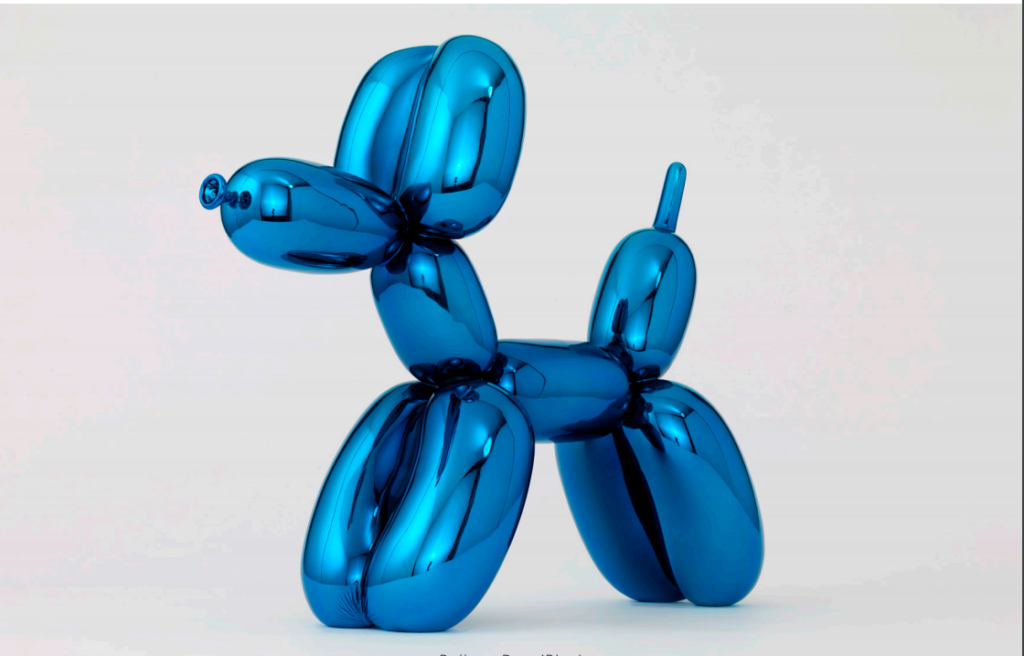When French artist Marcel Duchamp decided to test the limit of the claimed openness of the “no jury, no prizes,” exhibition held by the American Society of Independent Artists, anonymously submitting Fountain under the name “R. Mutt.”, one of the most controversial and influential works in the history of art appeared. Fountain is a standard, white, porcelain Bedfordshire model urinal, purchased from a plumbing supplier. Duchamp repositioned it by turning it 90 degrees from its usual functional position, signed it with the pseudonym “R. Mutt 1917” in black paint, and presented it for exhibition. Despite the “no jury” rule, the society’s board was shocked and outraged. They found the piece vulgar, immoral, and, most importantly, not art. After a heated debate, they hid the piece behind a partition and refused to exhibit it. It is understandable, because as Benjamin claimed, “Even the most perfect reproduction of a work of art is lacking in one element: its presence in time and space, its unique existence at the place where it happens to be”(Benjamin 3). Mass reproduction made any product equal, took away their own unique, hence lost its value to be an artwork as it lost its speciality compared with other reproduction. However, In protest, Duchamp claimed by actions that Fountain’s power does not reside in its material uniqueness (its aura) but in the power of the idea and the context, which transformed aura into a new form of critical historical, and conceptual energy.

Fountain by Duchamp
Before the mechanical reproduction era, art rose as a tool in the traditional ceremony, served as a ritual function, which is also called by Benjamin as cult value. Its existence was defined by its role within a specific tradition and ritual. This unique, embedded existence is the very source of its aura–”its unique presence in time and space”(Benjamin 3). This phenomenon can be clearly illustrated by the example of Leonardo da Vinci’s Mona Lisa. When people travel around the world to the Louvre Museum, standing in front of Mona Lisa, a sense of authenticity and distance come up. The viewers stood before the painting in awe, a reverence born from knowing that they are standing before the true masterpiece of Leonardo da Vinci. However, when it came to the age of mass reproduction, this aura gradually faded as numerous postcards of the Mona Lisa spread in shops around the world. Hence the sense authenticity, deeply connected with the sense of aura totally decayed. When the first reproduction of Mona Lisa was casually discarded, the sense of authenticity had already faded. Replicas have destroyed the authority of this “authenticity”. Since there can be thousands upon thousands of identical ones, no single copy of them holds a sacred and authoritative status. As Benjamin said, “For the first time in world history, mechanical reproduction emancipates the work of art from its parasitical dependence on ritual”(Benjamin 6). This theoretical framework provides the basis for understanding Duchamp’s radical challenge to artistic authenticity and originality.

Mona Lisa by Leonardo da Vinci
Critics regarded Fountain as a practical step which accelerated the decay of aura. Traditional art’s aura part stems from the artist’s “genius” and unique “skills”. We know that Mona Lisa was drawn by Vinci, and this touch of the hand is part of the aura. However, by presenting an industrial urinal as an artwork, Duchamp dismantled the social hierarchy that separated “high art” from everyday life, shocking the foundation upon which aura traditionally relies–craftsmanship of artists. This act democratized artistic creation — suggesting that meaning lies not in craftsmanship or material, but in concept and context. Consequently, Fountain redefined the artist’s role from maker to thinker or selector, leading heated discussion on the boundaries of artwork, the relationship between labor and authorship, as well as the structure of traditional social values.
Yet paradoxically, what seemed to destroy the aura in fact gave birth to a new one — a contextual aura born from concept and context rather than craftsmanship.
In 1917, after rejected by American Society of Independent Artists, the original sculpture Fountain suddenly disappeared in public. Now the Fountain we see in museums are replicas authorized by Duchamp at the request of museums and exhibitions. Nevertheless, public still continued to acknowledge these replicas as having the same artistic value as the originals. In other words, the conceptual, philosophical, art historical value of Fountain remained in people heart. Instead of a simple object, it became a conceptual energy, just as Duchamp laid out his argument in “The Blind Man” magazine: “Whether Mr. Mutt with his own hands made the fountain or not has no importance. He CHOSE it.He took an ordinary article of life, placed it so that its useful significance disappeared under the new title and point of view — created a new thought for that object” (Duchamp, 4-6). To understand this conceptual energy, one must return to the historical context–to the moment when a urinal, rather than a toilet or a wash basin, was chosen and thereby gained the symbolic power to represent a radical shift in modern and contemporary art. By choosing this urinal, putting it upside-down and signing “R.Mutt.”, which can be understood as placing the urinal into specific contexts—art exhibition, Duchamp endowed it with new “presence” and “historical significance”. This specific context grants Fountain a new aura–a contextual aura: an affective and intellectual resonance grounded in time, place, and discourse. This interpretation resonates with Werner Hofmann’s observation that :“readymades indicate that quotidian objects can be more than just their utility and that Duchamp gave ordinary objects an extra aura or authority of meaning”(Hofmann 62-3).
More than a century after its rejection from the “no jury, no prizes” exhibition, Fountain continues to challenge what it means for something to be called “art.” Its aura endures — not in material form, but in the critical dialogue it perpetuates. Since Duchamp, more and more artists have continued to create artworks by giving contextual meaning to it in later conceptual and postmodern art. Andy Warhol used silkscreen printing to repeat commercial images — soup cans, Marilyn Monroe, Coca-Cola — to illustrate the impact on people’s daily life, even artistical values in a society that had embrace consumer culture. Likewise, Jeff Koons, combining mass production, consumer aesthetics, and monumental craftsmanship, created stainless steel sculptures mimic cheap balloon toys — shiny, flawless, and enormous. His works elevate kitsch and mass culture to the level of high art, blurring the line between commercial product and artistic object.
In their artworks, the “aura” comes entirely from context and spectacle of the art world rather than from originality or handmade skill. It is only under the illumination of such an aura that art ceases to be confined by form or technique, and instead became a catalyst activates human reflection.

Campbell’s soup can by Andy Warhol

Balloon toys by Jeff Koons
Although Walter Benjamin argued that the age of mechanical reproduction had fundamentally destroyed the aura inherent in traditional artworks–
“To pry an object from its shell, to destroy its aura, is the mark of a perception whose ‘sense of the universal equality of things’ has increased to such a degree that it extracts it even from a unique object by means of reproduction” (Benjamin 5).
–the aura, which has accompanied art since its very inception, has never truly vanished. Aura did not die with modernity; rather, it evolved–mutated and redefined within it. In this sense, Duchamp did not extinguish the aura of art; he transformed it into a new form of critical, historical, and conceptual energy. At first glance, Fountain appears to be nothing more than an ordinary urinal. However, once its historical and cultural context is understood–situated within a time dominated by traditional paintings and sculptures–the radical nature of Duchamp’s gesture becomes clear. The shock and reflection it provoked among artists and audiences reveal how meaning is constructed through context, not material form. This transformation of aura illustrates that as artistic forms continue to evolve, the essence of aura adapts as well. It invites us to contemplate the future of art: what new forms might emerge, and in what ways will aura persist, reappear, or reinvent itself in the changing landscape of contemporary culture?
Works cited
Benjamin, Walter. “The Work of Art in the Age of Mechanical Reproduction”, 1969. https://web.mit.edu/allanmc/www/benjamin.pdf
Govert Schuller. “Fountain and Large Glass by Marcel Duchamp: What was that all about?”, 2014. https://www.alpheus.org/fountain-and-large-glass-by-marcel-duchamp-what-was-that-all-about/.
Hofmann, Werner. Quoted in Masbeck, Mary. Marcel Duchamp: The Readymades. New York Graphic Society, 1975.
Duchamp, Marcel. “The Richard Mutt Case.” The Blind Man, no. 2, 1917.